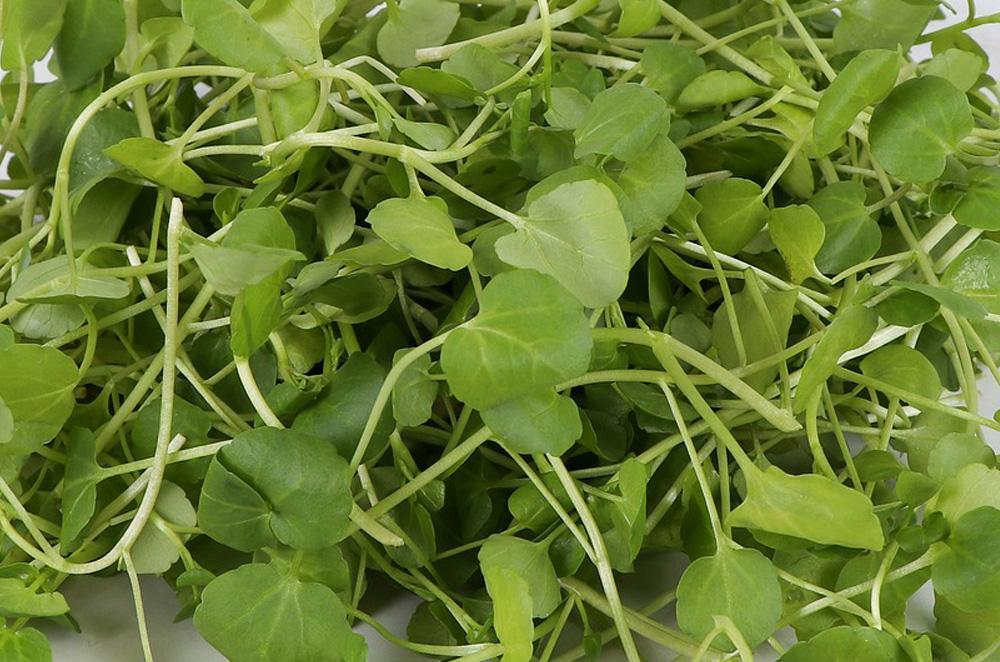WATERCRESS Herb Seeds
Botanical Name: Nasturtium officinale
- Perennial aquatic herb with crisp, peppery leaves and small white flowers.
- Highly nutritious, rich in vitamins A, C, calcium, iron, folate, and isothiocyanates.
- Excellent raw in salads, added to sandwiches, or stirred into soups for extra flavour.
- Thrives in flowing water, very moist garden beds, or self-watering containers.
- Fast-growing and productive with regular harvesting of young shoots.
- Can be grown in full sun (in water) or partial to full shade (in soil).
- Suitable for ponds, bog gardens, or damp areas where soil stays consistently moist.
Plant Details
- Plant Type: Perennial aquatic creeper
- Plant Height: 10–30 cm depending on conditions
Sowing Information
- Germination: 7–14 days at 10–15°C
- Depth: Surface sow and press seeds lightly into moist soil
- Position: Full sun in aquatic settings, partial shade in moist soil beds
- Sow Where: Direct into wet soil, containers, or along pond edges
- Soil Type: Moist to wet, fertile soil or aquatic conditions
- Spacing: 15–30 cm between plants
Growing Tips
- Keep soil or water consistently moist to prevent plants from drying out.
- Harvest young leaves and shoots regularly to encourage fresh growth.
- If growing in containers, use trays or self-watering pots to maintain constant moisture.
- Remove flower stems to prolong leaf production and improve flavour.
Harvest
Begin harvesting 6–8 weeks after sowing. Pick tender shoots and leaves as needed for best flavour and nutrition.
When to Sow Watercress in New Zealand
| NZ Region | Best Planting Time | Tips |
|---|---|---|
| North Island – Upper (e.g. Auckland, Northland) | March – September | Grow in self-watering pots or along shaded pond edges. |
| North Island – Lower (e.g. Wellington, Taranaki) | March – October | Ensure consistent moisture. Prefers cooler, damp zones. |
| South Island – Northern (e.g. Nelson, Marlborough) | September – February | Sow in spring after frosts. Use wet garden beds or aquatic areas. |
| South Island – Central & Southern (e.g. Canterbury, Otago) | September – January | Protect from frost. Best grown near water sources or bogs. |





